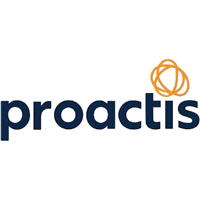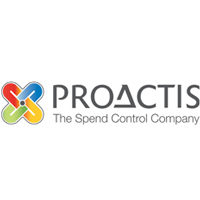For me the strategic goals of an organisation’s “end-to-end” Spend Control efforts (procurement, purchasing and payables) are of course, to maximise savings and value and minimise risk and process cost. Whilst Procurement may not own all of these processes, they are central to making things happen.
If you agree with my point of view (and currently have writer’s block as you consider your top procurement KPIs), then why not check out my top six savings areas below. These are the key elements best-in-class organisations focus on when they put in place a Spend Control framework to increase their levels of ‘spend under management’.
Procurement KPIs will of course be linked to the organisation’s strategic objectives and may target some of these areas:
1. Savings from reduced cost of purchased goods and services: Avoidance of unnecessary purchases, savings from lower prices, reduced freight/delivery costs due to order consolidation, reduced late payment fees, increased capture of early payment discounts, reduced payment of duplicate and improper invoices.
2. Savings from increased procurement leverage: Increased savings from greater capacity for savings creation, increased savings from a greater number and higher volume of discount agreements, increased savings from lower processing volumes due to improved supplier relationships, and reduced cost of unwanted contract renewals.
3. Savings from process efficiency: Reduced cost of PO handling, reduced cost of invoice capture in Accounts Payable (AP) and other departments, reduced cost of invoice processing, reduced cost of administrative support in AP and Procurement, reduced audit costs and reduced organisation-wide purchasing process costs.
4. Savings from mitigated risk: Reduced costs of problems caused by supplier non-performance and reduced cost of liabilities caused by supplier non-compliance.


